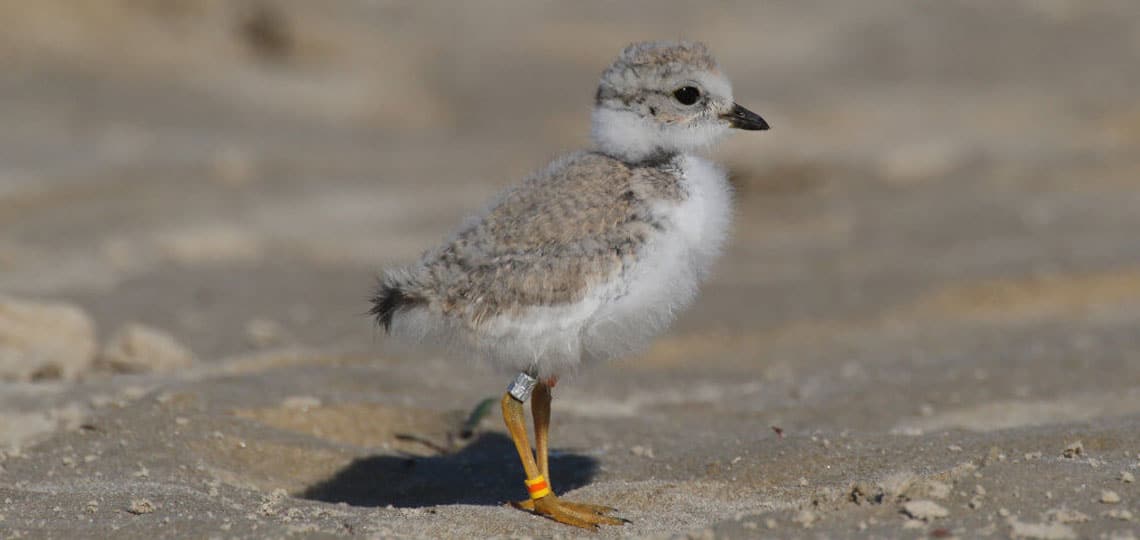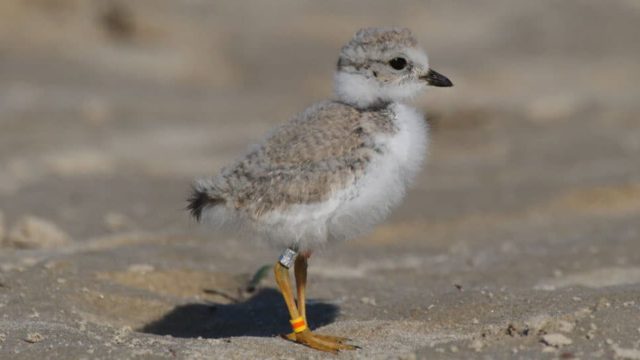Piping plovers are small, migratory shorebirds that nest exclusively on dry sandy or gravelly beaches with sparse vegetation away from the water’s edge. As of 2016, there were only 174 known breeding pairs in Canada — the piping plover (melodus subspecies) has been listed as an endangered species since 2003.
In 2012, the federal government published a recovery strategy that identified piping plover critical habitat in a comprehensive and precautionary manner. Each beach site habitat was identified by name (and would include the entire beach area) and by GPS location.
Unfortunately, the government did not stick to its comprehensive approach.
In 2022, the federal government amended its original recovery strategy and adopted a “bounding box” approach to habitat identification. Unlike in 2012, the government’s new approach does not include the entire beach and instead identifies only small areas that meet a vague set of criteria. This makes enforcement, and consequently protection, of these habitats more difficult.
Piping plovers aren’t the only species where Environment and Climate Change Canada has used this weakened approach. It has also used it to identify habitat for the Eastern Meadowlark, the American Badger, and the Bobolink.
That’s why Ecojustice, on behalf of East Coast Environmental Law and Nature Nova Scotia, launched a judicial review of the federal government’s weakened approach to habitat identification for piping plovers. A win in this case will see the government revert to the more fulsome and comprehensive way it identified habitat for the species in 2012.



